The long view: what Munich-based designer Saskia Diez did next
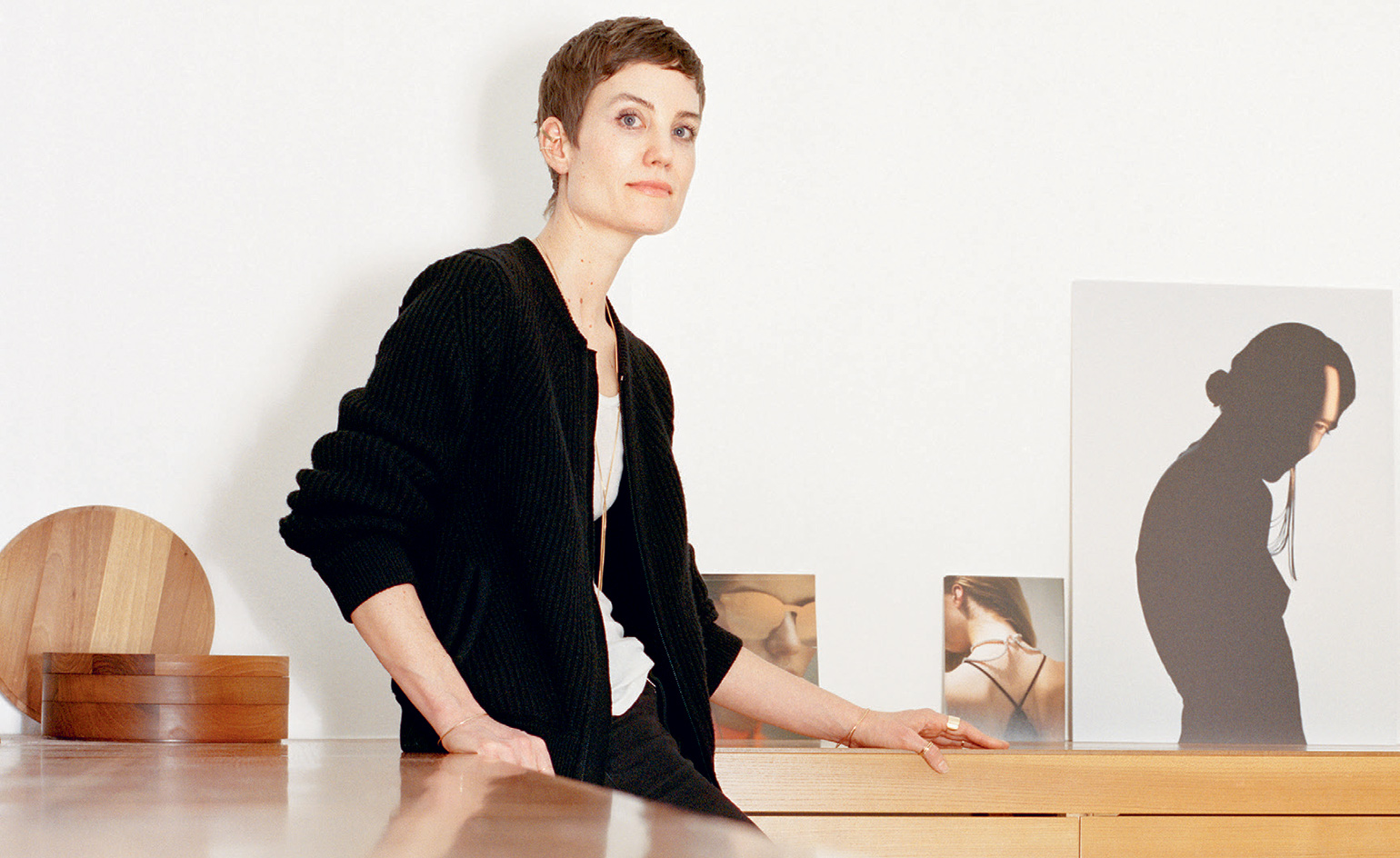
‘Every piece has its own story: what did I mean to do? What do I want it to tell you? What did I put into it? what does it mean to you?’ says Munich-based Saskia Diez of her design methodology. ‘The thing I love about designing jewellery is the different levels you have to consider from the outside in. Everything that happened on the way to make it, everything that led to you achieving it. All of it is summed up in the final piece.’
While such precision-thinking belies her traditional training at a local goldsmith’s workshop, it also proves that Diez’s decision to forego the jeweller’s bench for the rigours of commercial design and stints at Konstantin Grcic and Christian Haas was a wise one. ‘I was lucky because the goldsmith’s atelier was one of the few where you learn to do pieces from scratch and master all the techniques. Still, I knew I wanted to address a larger audience, which is hard when you do one-of-a-kind pieces as a goldsmith.’
As a jewellery designer, Diez offers a careful edit of men’s and women’s accessories, including jewellery, sunglasses and light-as-air recyclable synthetic ‘paper’ holdalls and rucksacks for husband Stefan Diez’s label that have become something of a classic in her own lifetime.
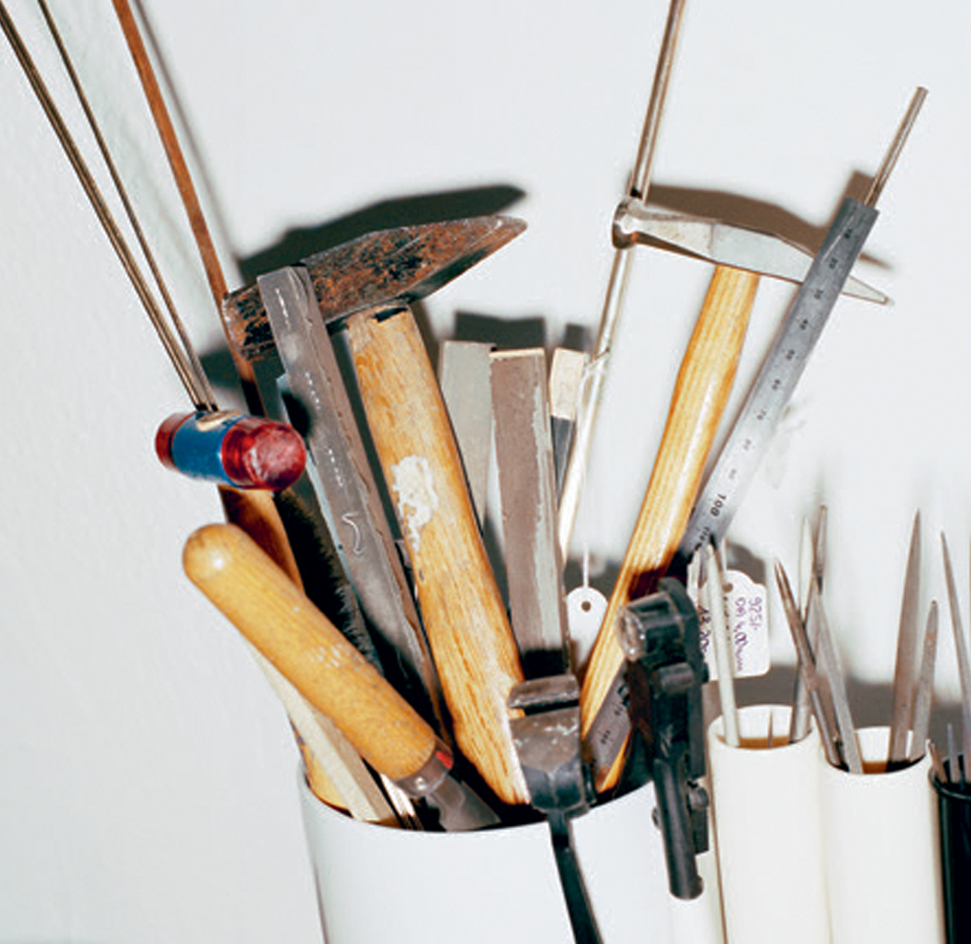
Diez designs and works from her studio in Munich
Her jewellery design, characterised by a combination of strong, oversized forms and a serene lightness of touch, is just as precise and honest. ‘You usually get what you see,’ Diez offers. ‘When it is silver, it is done in sterling silver, when it is a delicate piece in gold, it is done in 18ct gold. When you see pearls, they are real. I also work with leather, wood, rock crystal and different stones. Relation and realness are important to me.’
Perhaps it’s her grounded approach that is central to Diez’s success, for despite the pull of the global fashion arena, she is content to evolve in her own way, in her native Munich. ‘My studio is located near to the River Isar. I grew up near a lake and wherever I go I like to be near water. Also, when it comes to crafts and sourcing, Germany is a treasure box. The level of perfection you get here is outstanding; real laboratories where people combine traditional crafts with modern techniques. There’s a kind of Homo faber attitude.’
The jeweller’s current collection includes the super-long earrings that are something of a Diez trademark. They are created using silver box chain, a 1980s high-street jewellery stalwart. Yet Diez’s product designer’s sleight of hand means that classic engineering allows her necklaces, asymmetric earrings and chains to ‘dance’ on the body in a way precisely managed by the designer.
This month, she unveils a new collaboration with cult New York accessories label Pan & the Dream, makers of superfine Italian tulle socks. The result is a highly covetable tulle neck scarf, Diez-spangled with artfully considered silver sequins. If it sounds whimsical, Diez’s feet are, of course, firmly on the ground: ‘The moment you have an idea is a nice one. But it’s the one where you feel that you’ve got somewhere, that you’ve got something right that is really precious.’
As originally featured in the April 2018 issue of Wallpaper* (W*229)
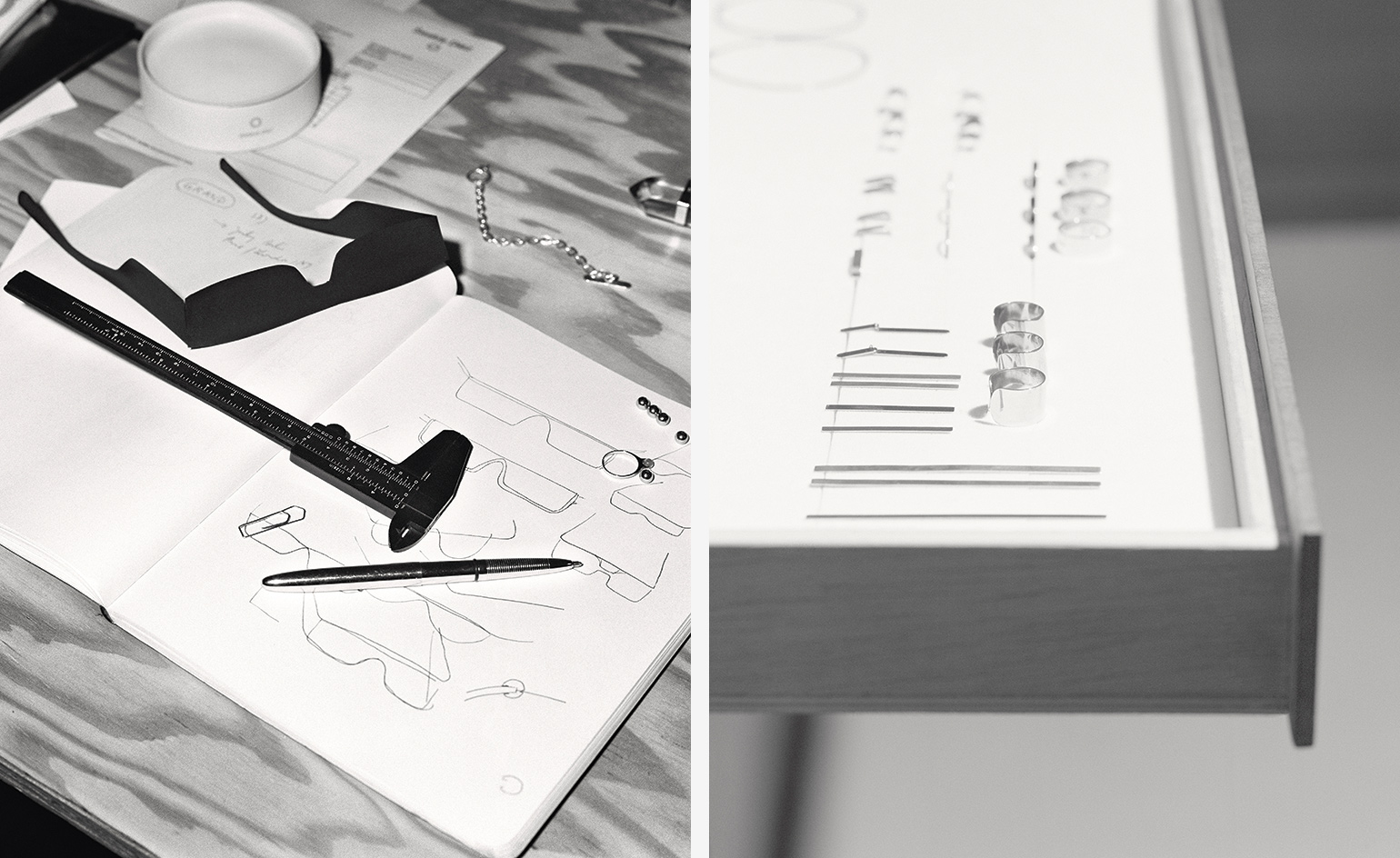
Details from Diez’s studio, where she creates and sells her designs. Right, her current collection includes the super-long dangle earrings that are something of a trademark
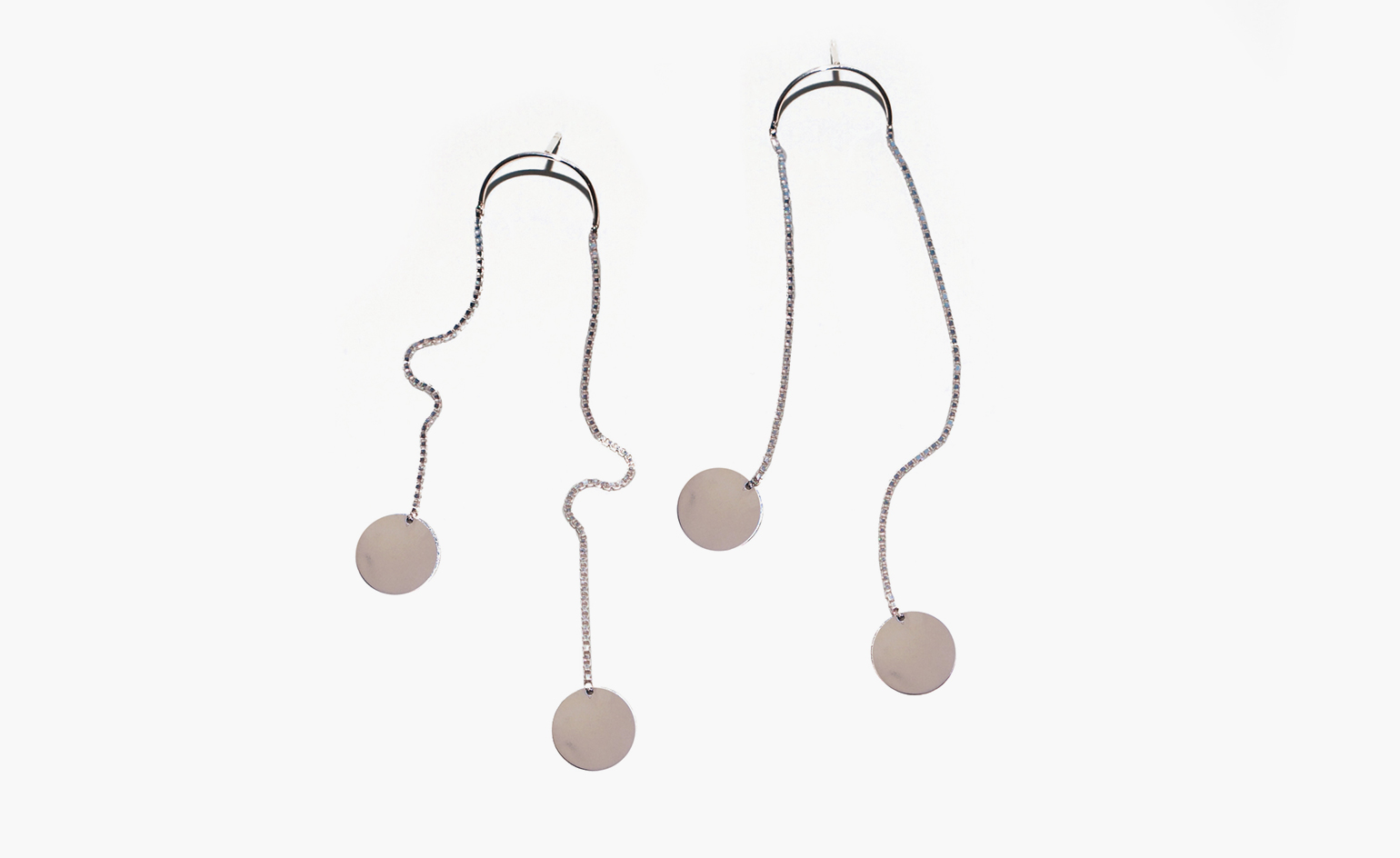
Sterling silver dancing paillettes earrings, by Saskia Diez
INFORMATION
For more information, visit Saskia Diez’s website
Wallpaper* Newsletter
Receive our daily digest of inspiration, escapism and design stories from around the world direct to your inbox.
Caragh McKay is a contributing editor at Wallpaper* and was watches & jewellery director at the magazine between 2011 and 2019. Caragh’s current remit is cross-cultural and her recent stories include the curious tale of how Muhammad Ali met his poetic match in Robert Burns and how a Martin Scorsese Martin film revived a forgotten Osage art.
-
 All-In is the Paris-based label making full-force fashion for main character dressing
All-In is the Paris-based label making full-force fashion for main character dressingPart of our monthly Uprising series, Wallpaper* meets Benjamin Barron and Bror August Vestbø of All-In, the LVMH Prize-nominated label which bases its collections on a riotous cast of characters – real and imagined
By Orla Brennan
-
 Maserati joins forces with Giorgetti for a turbo-charged relationship
Maserati joins forces with Giorgetti for a turbo-charged relationshipAnnouncing their marriage during Milan Design Week, the brands unveiled a collection, a car and a long term commitment
By Hugo Macdonald
-
 Through an innovative new training program, Poltrona Frau aims to safeguard Italian craft
Through an innovative new training program, Poltrona Frau aims to safeguard Italian craftThe heritage furniture manufacturer is training a new generation of leather artisans
By Cristina Kiran Piotti
-
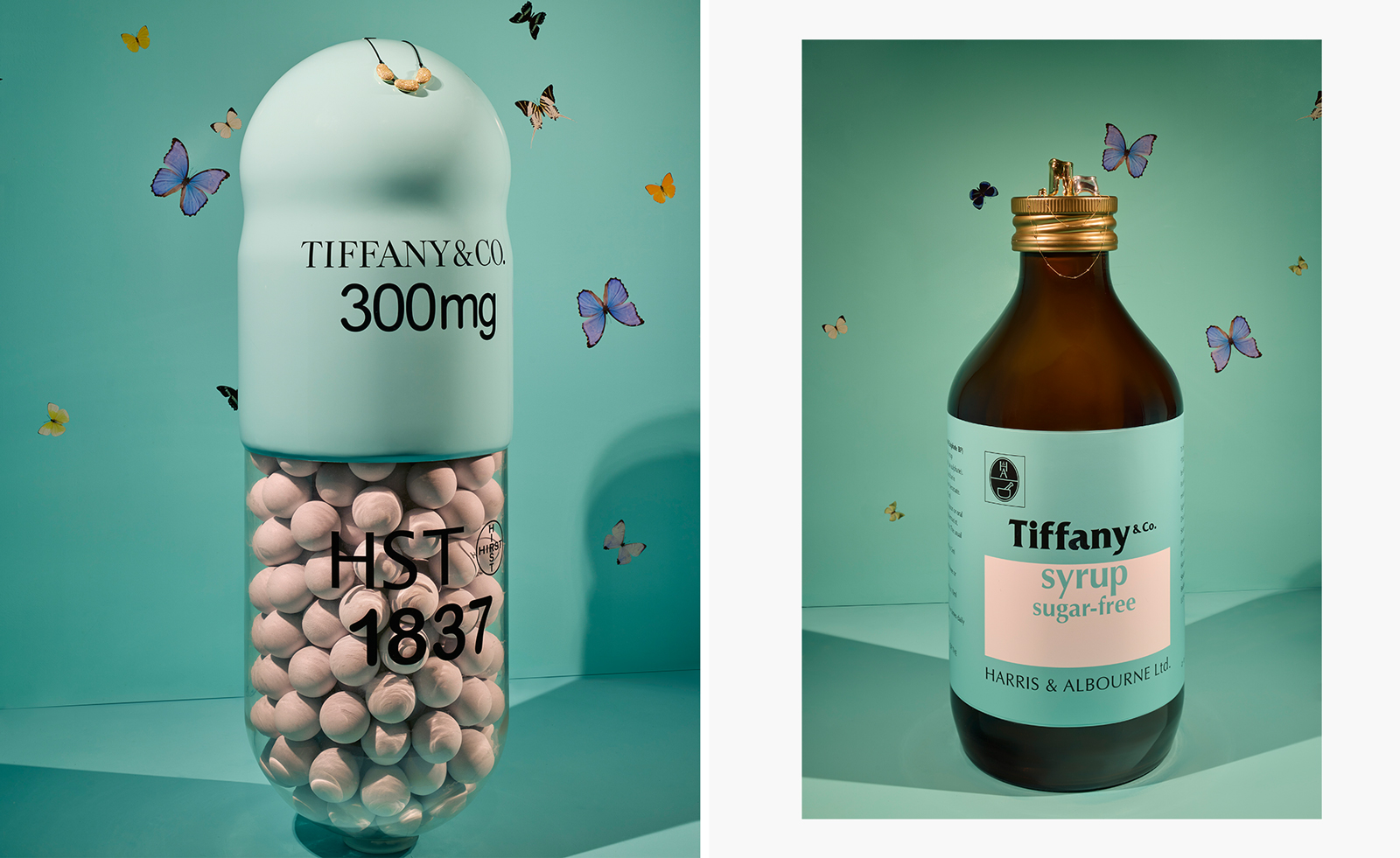 Art takes London: Tiffany & Co, Damien Hirst and artists take over Selfridges' windows
Art takes London: Tiffany & Co, Damien Hirst and artists take over Selfridges' windowsFour British contemporary artists celebrate Tiffany & Co's pioneering history with a series of storied window displays
By Anne Soward
-
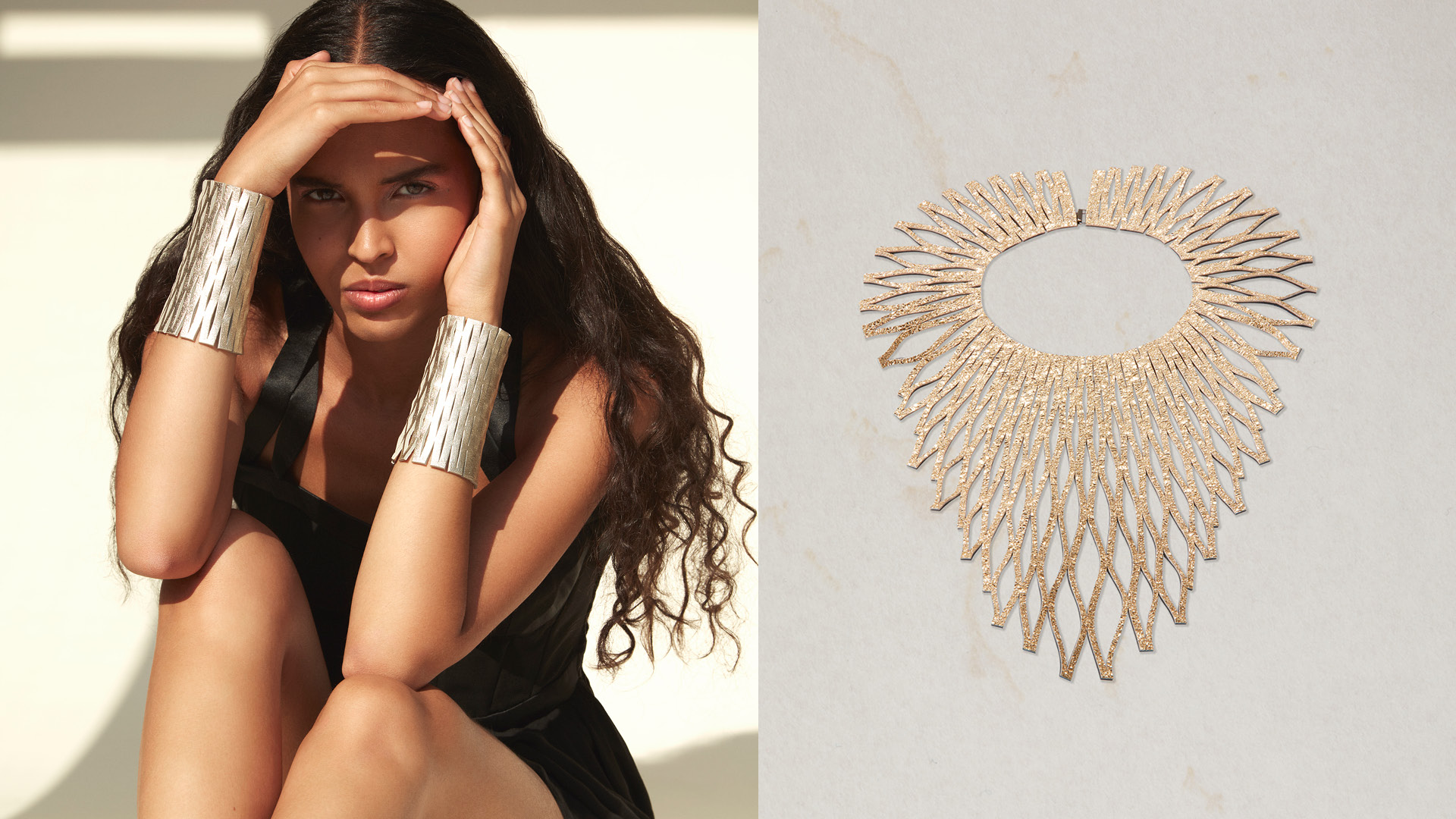 Late summer jewels: what to wear at Golden Hour
Late summer jewels: what to wear at Golden HourLate summer signals a jewellery style-shift. These independent designers have got it covered
By Caragh McKay
-
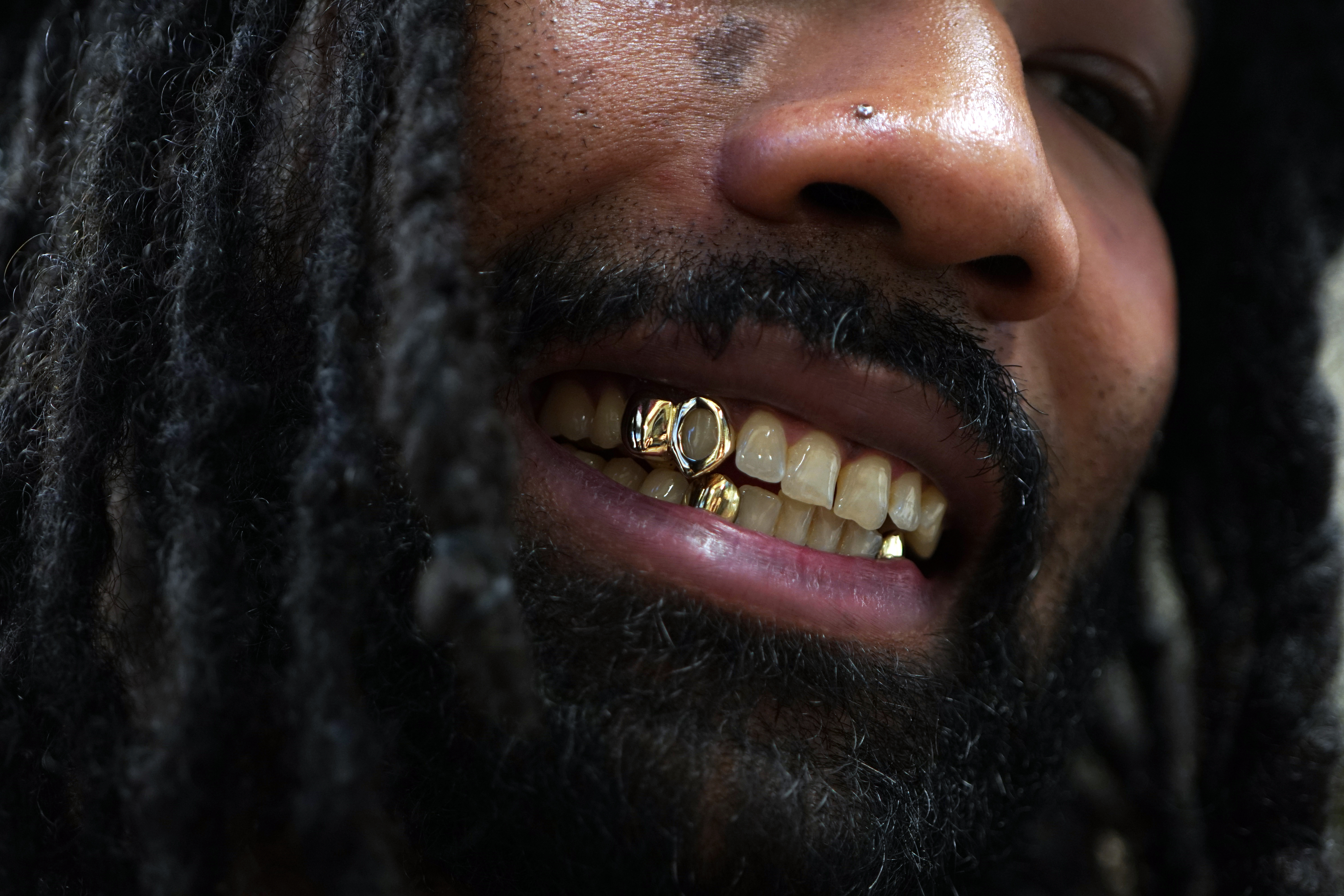 All smiles: How a grillz jewellery making class in London became an international hit
All smiles: How a grillz jewellery making class in London became an international hitWhat started as a passion project quickly exploded in popularity. We get the story behind the grillz-making workshop at Cockpit London
By Elisa Anniss
-
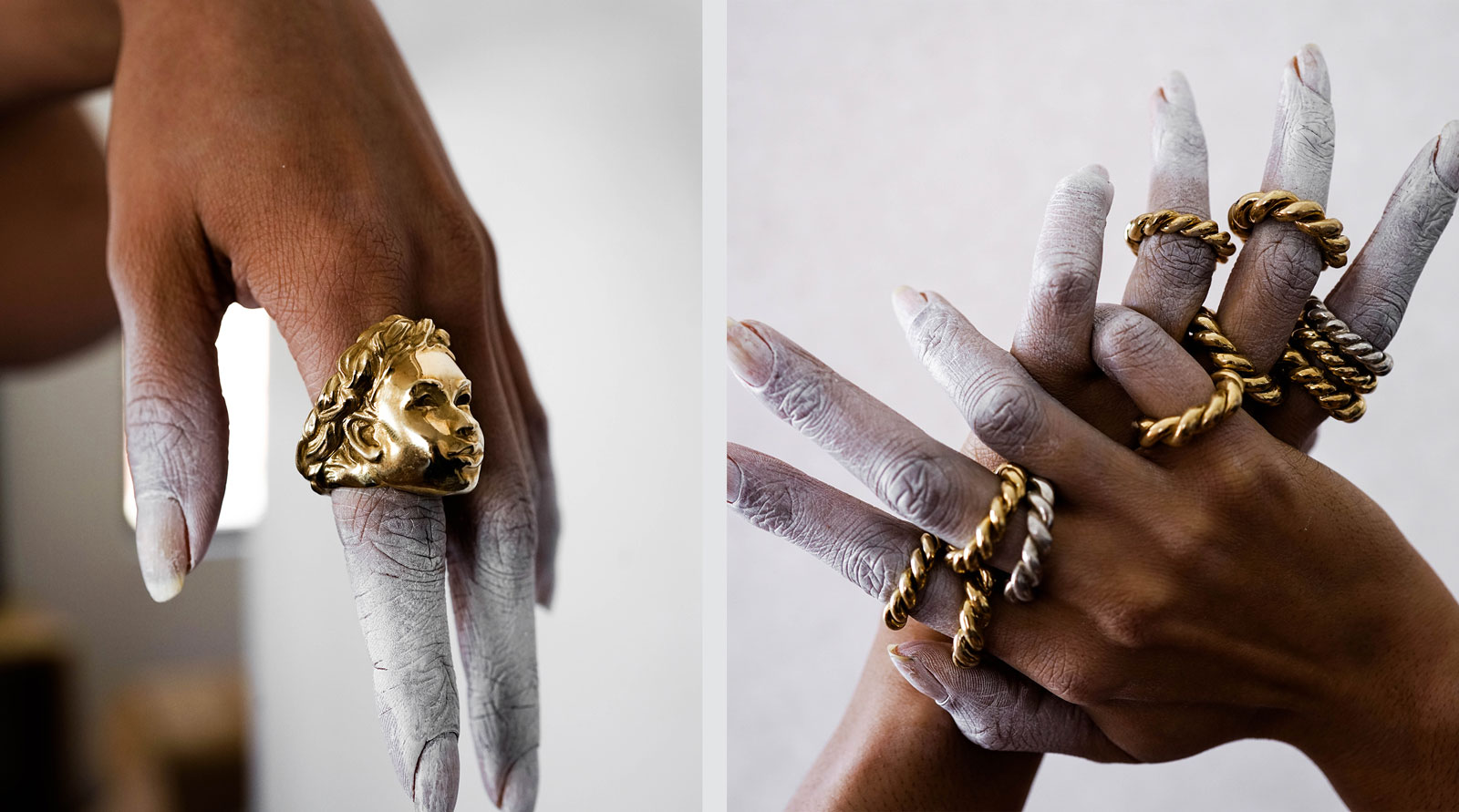 Emerging jewellery designers to get to know
Emerging jewellery designers to get to knowThese independent, new and emerging jewellery designers and brands from New York to Paris are firmly on our radar
By Hannah Silver
-
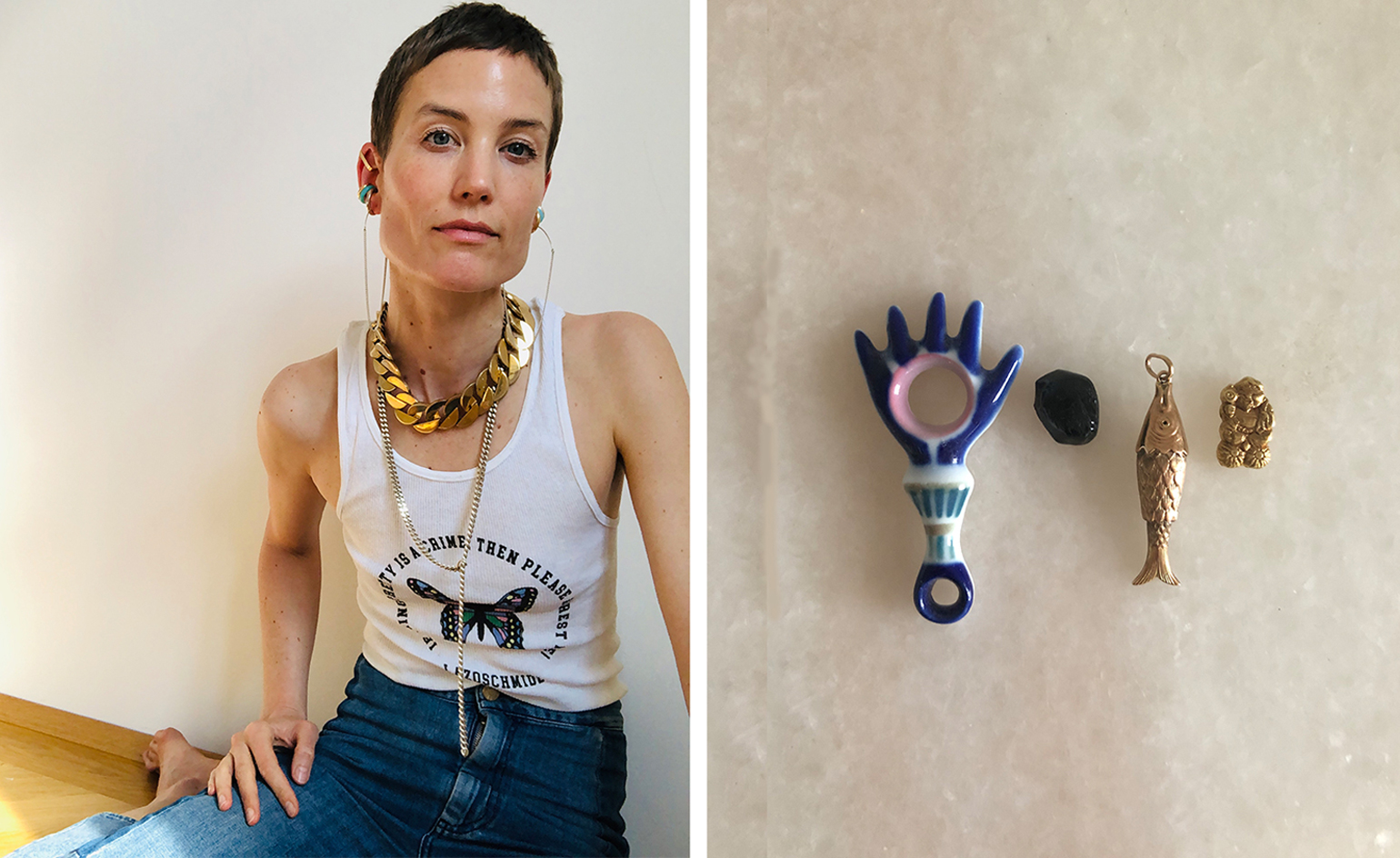 Jewellery designers share their most precious personal pieces
Jewellery designers share their most precious personal piecesA host of jewellers give us a peek at the jewellery which brings them joy and solace
By Hannah Silver
-
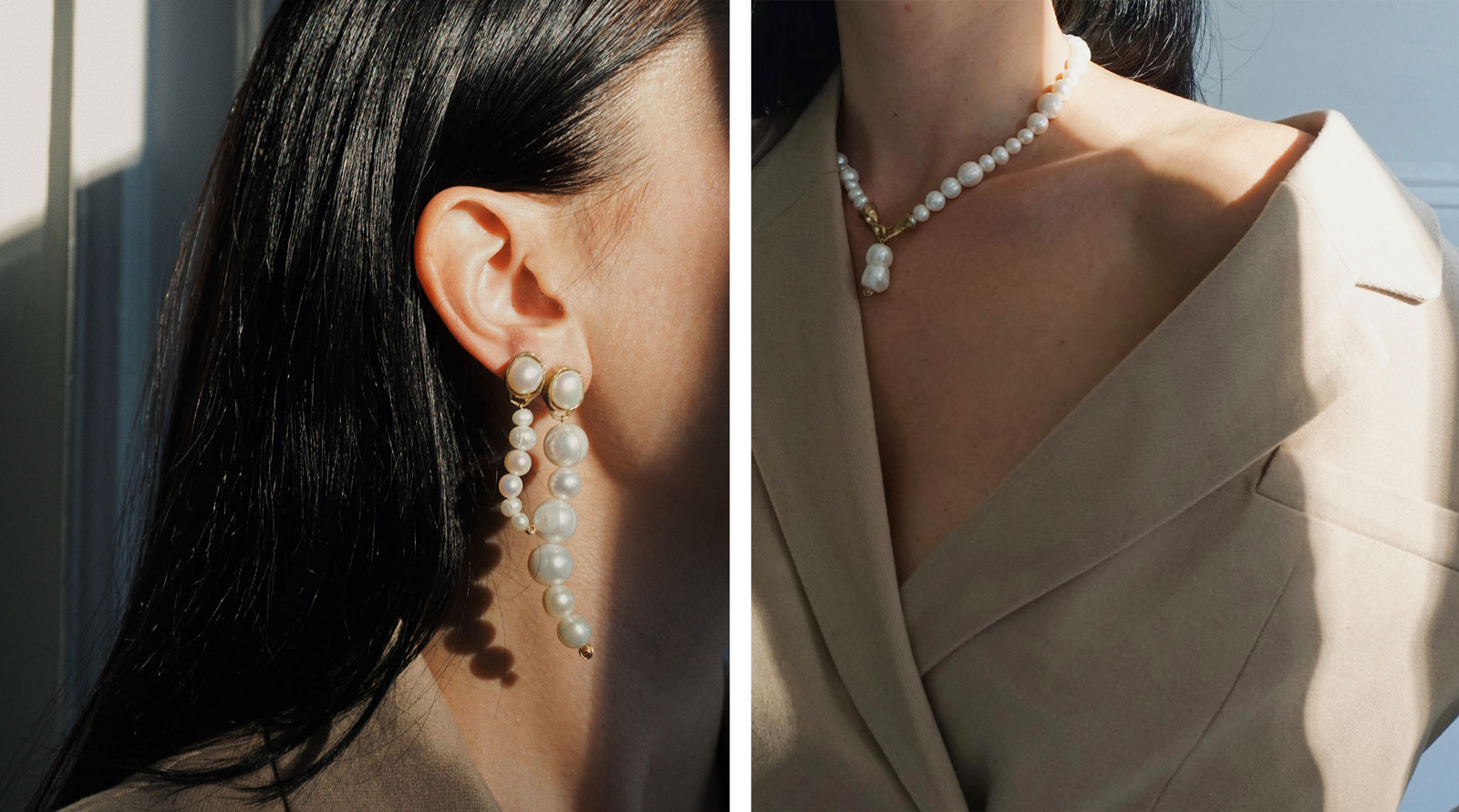 Playing it cool: pearls are having a moment
Playing it cool: pearls are having a momentWe've been deep-diving into boutiques around the world to find the very best calcium carbonate in minute crystalline form. It seems jewellers have been busy rethinking pearls, with contemporary (and often affordable) results
By Hannah Silver
-
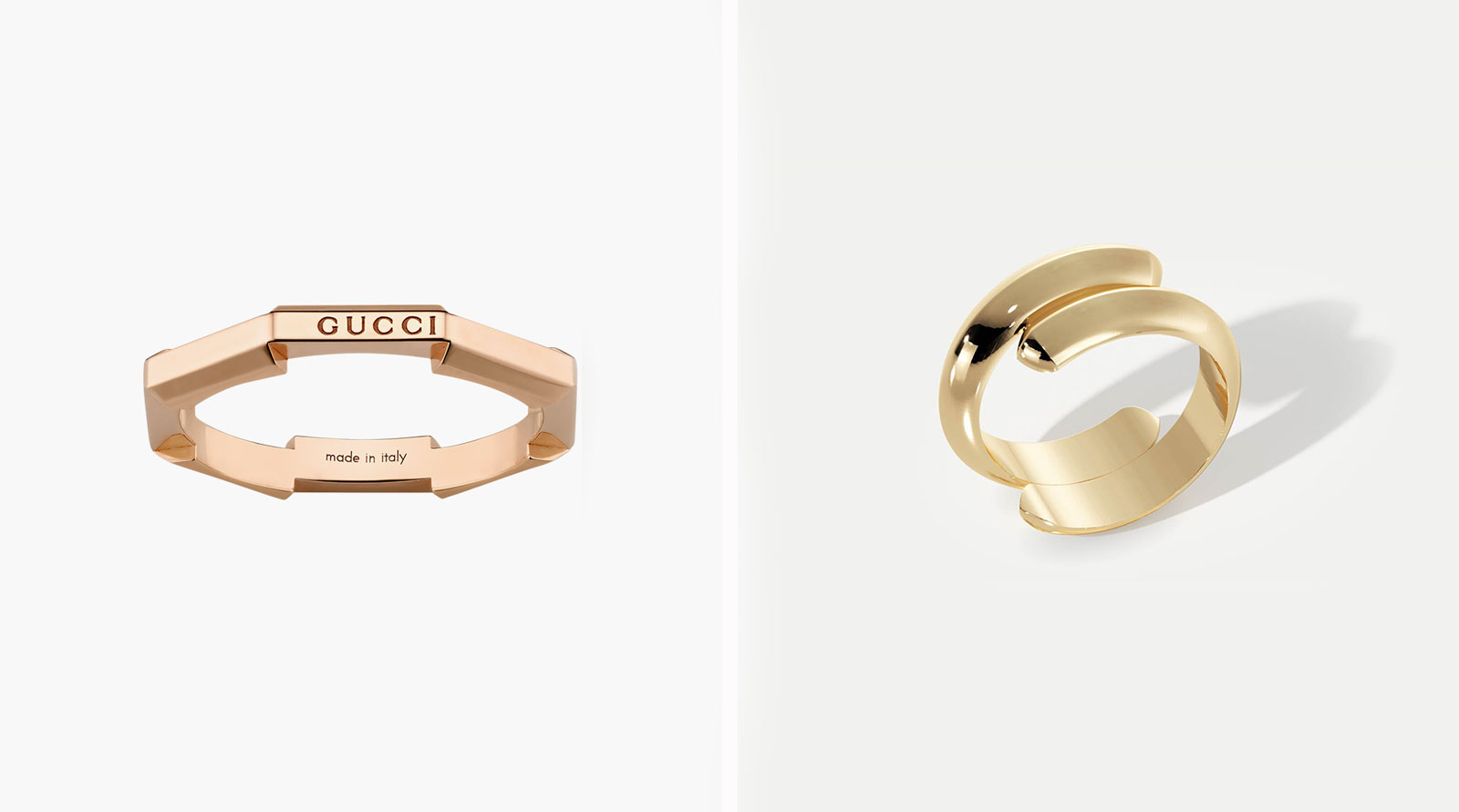 Eternity rings for the modern couple
Eternity rings for the modern coupleEternity rings, whether sleekly minimalist or sprinkled in diamonds, can be a chic and contemporary love token
By Hannah Silver
-
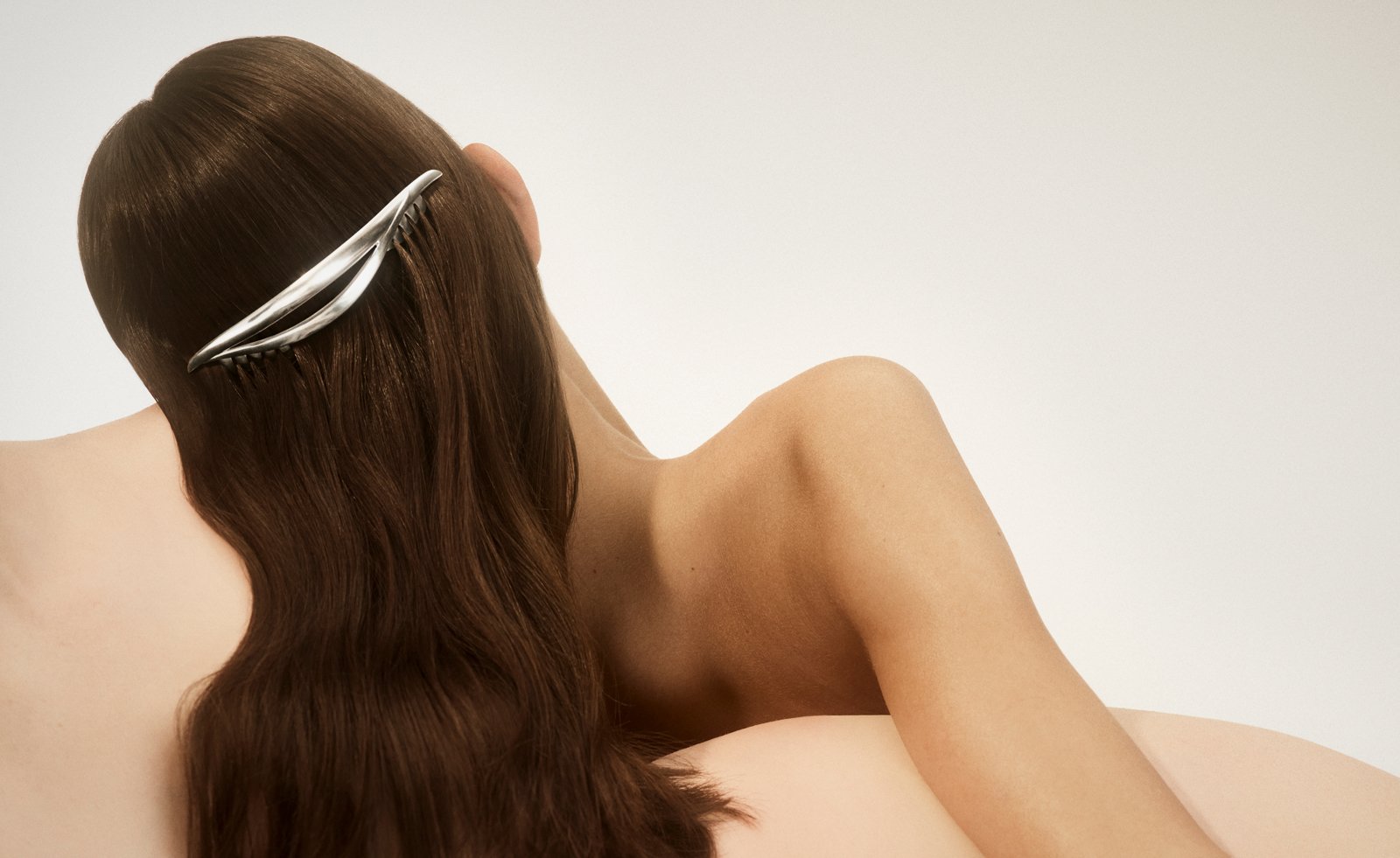 Hair jewellery to covet and collect
Hair jewellery to covet and collectToday’s hair jewellery is both practical and pretty. We're pinning our hopes on these simple and elegant accessories
By Hannah Silver